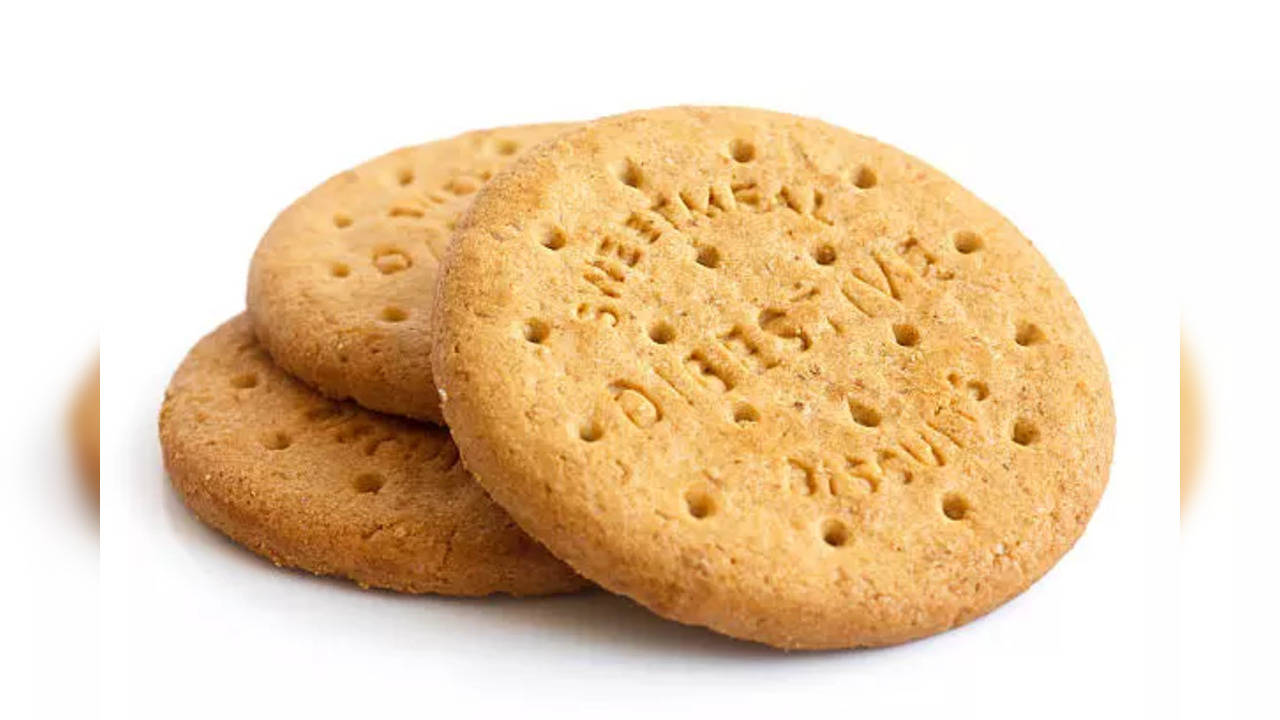What is a Digestive Biscuit? A Crumbly, Nutritious Delight
1. Digestive biscuits are a type of British biscuit that were first created by McVitie’s in 1892.
2. Other European companies also offer their own versions of digestive biscuits.
3. The name “digestives” comes from the baking soda present in the biscuits, which can act as an antacid for heartburn.
4. Whole wheat flour is an ingredient in digestive biscuits that could aid digestion and contribute to a healthy gut microbiome.
5. Digestive biscuits contain more white (wheat) flour than whole wheat flour.
6. Digestive biscuits contain minimal fiber and calories mainly come from refined carbohydrates.
7. Digestive biscuits offer small amounts of protein, fat, and fiber.
8. Digestive biscuits do not provide many vitamins and minerals besides sodium.
9. Digestive biscuits do not have significant health benefits as a digestive aid.
10. Digestive biscuits are essentially just cookies from a nutrition perspective.
11. There are no proven digestive aids in digestive biscuits.
12. A healthy diet rich in fiber, good nutrition, regular digestion, managing stress, exercising, and consuming probiotics can contribute to a healthy gut microbiome.
13. There is no one magic bullet for digestion.
14. Digestive aids need to be tailored to the individual.
15. Digestive biscuits won’t improve digestion but are not harmful if consumed in moderation.
16. Digestive biscuits are a popular type of biscuit in Ireland often used in recipes like cheesecakes or biscuit cakes.
17. Digestive biscuits are similar to graham crackers in the U.S., described as whole wheat shortbread, crisp, and buttery.
18. The term “digestive” comes from the 19th century, as the biscuit was believed to aid digestion.
19. The original recipe for McVitie’s digestive biscuits was developed and patented in 1892 by Alexander Grant.
20. To make digestive biscuits, you will need a cookie sheet, parchment paper, mixing bowl, floured surface, rolling pin, and measuring cups.
21. The process of making digestive biscuits involves combining and mixing dry ingredients, rubbing in butter, adding milk to form a dough, rolling out and cutting rounds, and baking until pale gold.
22. Digestive biscuits are typically enjoyed with a cup of tea and are often dunked in the tea to soften them.
23. Digestive biscuits can also be ground up to use in other recipes.
24. Digestive biscuits can be used in various desserts such as pie crusts or added to ice cream and trifles.
25. Digestive biscuits are made with whole wheat flour, providing a rich flavor and added fiber and nutrients.
26. Digestive biscuits are a more nutritious alternative to regular cookies.
27. Digestive biscuits can be stored in an airtight container at room temperature for 3-4 days to keep them fresh.
